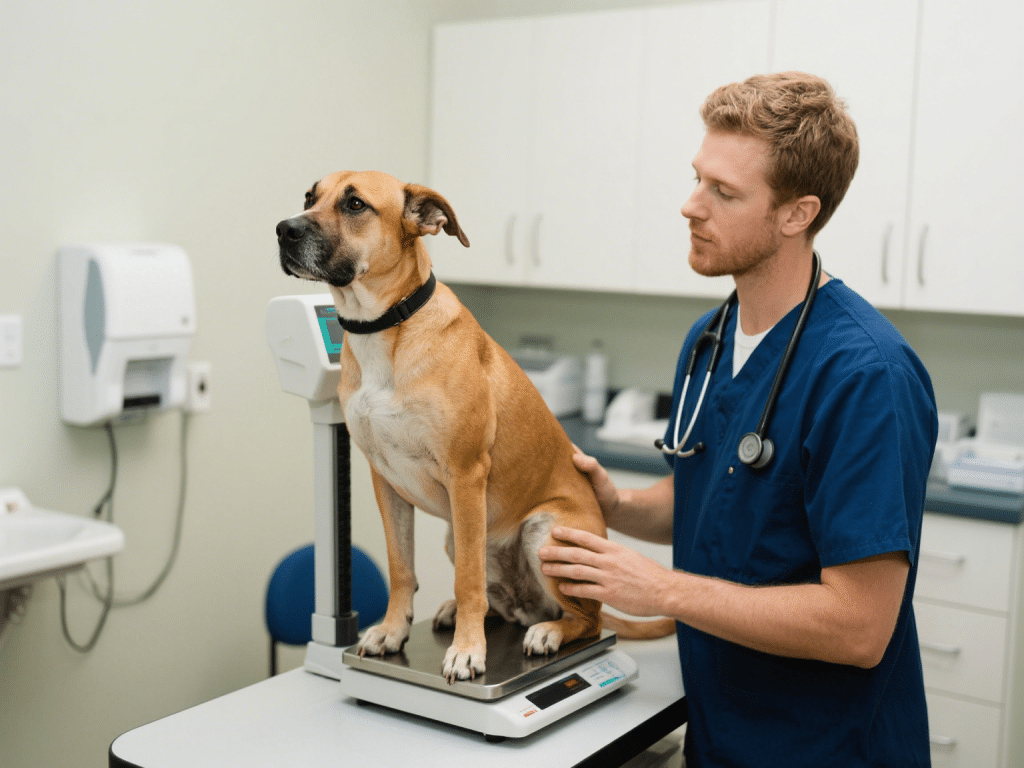
Introduction
Pet obesity is a growing concern, leading to joint issues, diabetes, and reduced lifespan. Instead of drastic, unhealthy diets, focus on gradual, sustainable weight loss methods. This article outlines balanced nutrition, appropriate exercise plans, and ongoing monitoring to help your pet achieve a healthy weight.
1. Consult Your Veterinarian First
Baseline Assessment: Have your veterinarian determine your pet’s ideal weight and check for underlying health issues (e.g., hypothyroidism).
Customized Plan: A vet can recommend an adjusted caloric intake and dietary modifications based on age, breed, and activity level.
2. Adjust Meal Portions and Frequency
Use Measured Portions: Invest in a digital kitchen scale or measuring cup to avoid guesswork.
Switch to Weight Management Formula: High-protein, high-fiber diets help pets feel full longer while providing essential nutrients.
Frequent, Smaller Meals: Feeding two to three smaller meals per day can boost metabolism compared to one large serving.
3. Increase Physical Activity Gradually
Daily Walks or Play Sessions: Aim for at least 30 minutes of moderate exercise for dogs; break it into two or three sessions if needed.
Interactive Fetch or Tug Games: Use toys that encourage movement, like balls or rope tugs.
Indoor Activity for Cats: Provide climbing towers, laser pointers, or feather wands to promote play.
Weighted Toys: For highly motivated dogs, consider puzzle-feeders that require movement to dispense treats.
4. Monitor Progress and Adjust Accordingly
Weekly Weigh-Ins: Record your pet’s weight every week at the same time to track trends.
Body Condition Scoring: Learn to assess ribs, waistline, and abdominal tuck to gauge fat reduction.
Adjust Calorie Intake: If weight loss stalls for more than two weeks, reduce daily calories by 5–10% under veterinary guidance.
5. Healthy Treat Alternatives
Low-Calorie Snacks: Offer carrot sticks, apple slices (without seeds), or green beans instead of high-fat treats.
Use Rewards Wisely: Limit treats to training sessions, and adjust meal portions to compensate for calories from treats.
6. Maintain Motivation and Consistency
Keep a Journal: Log meals, treats, exercise, and weight to identify patterns or plateaus.
Celebrate Milestones: Praise your pet with affection or a short play session when they reach incremental goals.
Involve the Family: Ensure all household members adhere to the weight loss plan to avoid accidental overfeeding.
Conclusion
Achieving and maintaining a healthy weight in pets is a long-term commitment. By combining veterinary guidance, portion control, balanced nutrition, and regular exercise, your pet will lose weight safely without the health risks of crash dieting. Consistency, monitoring, and positive reinforcement are essential for lasting results.

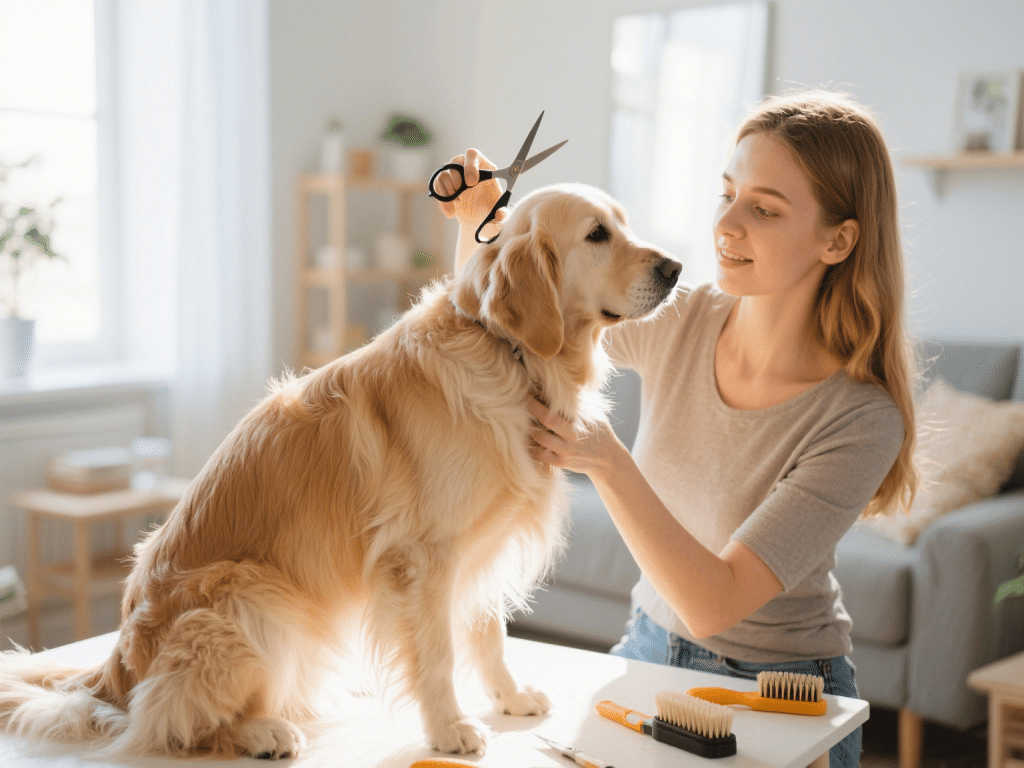

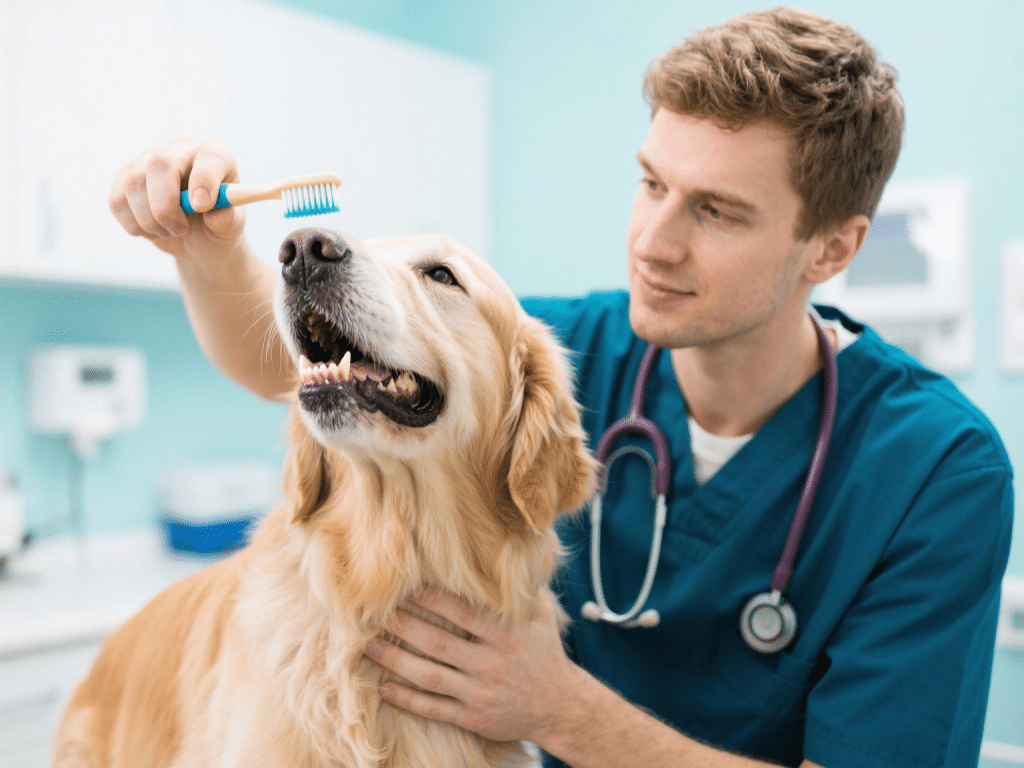
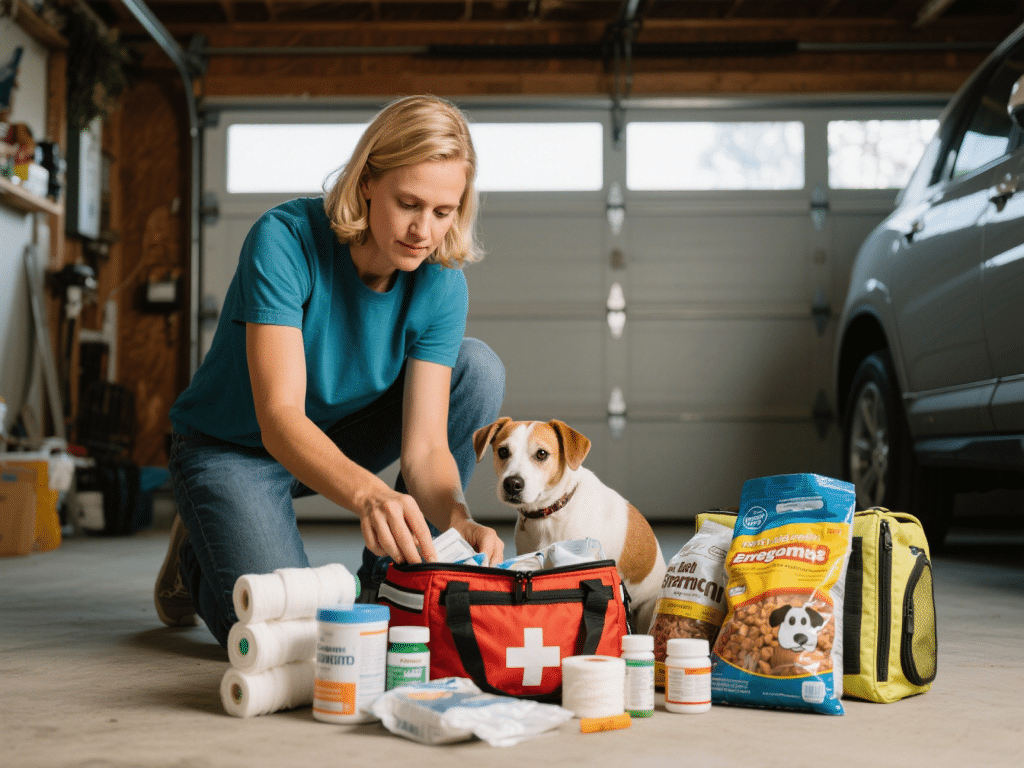

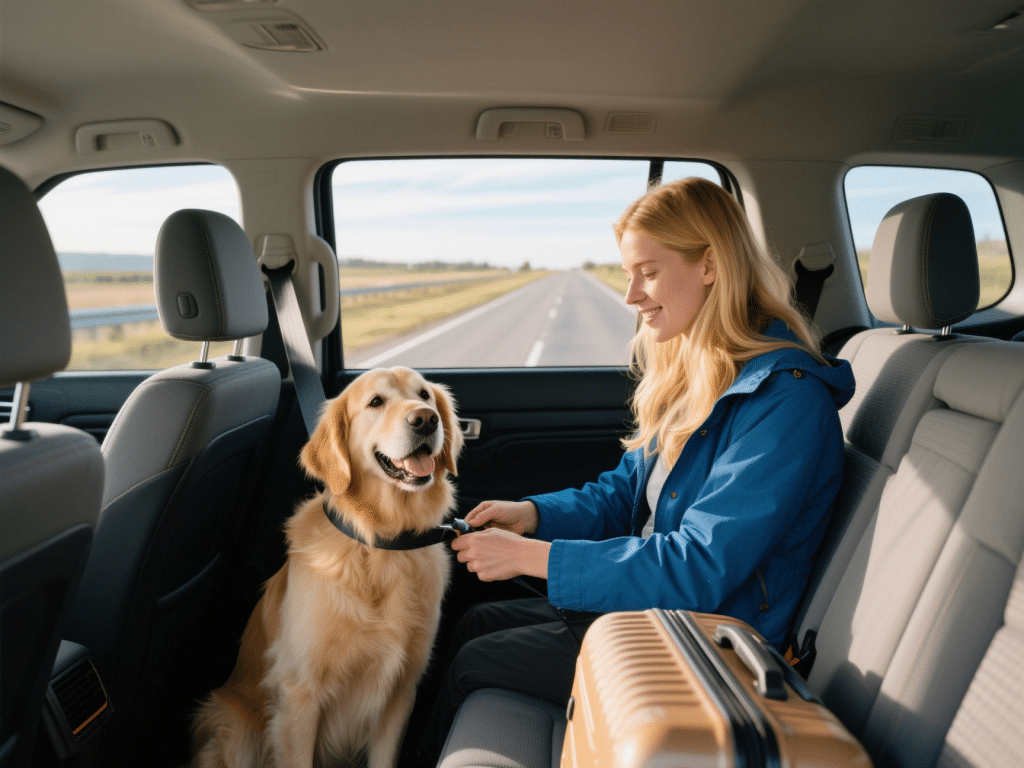
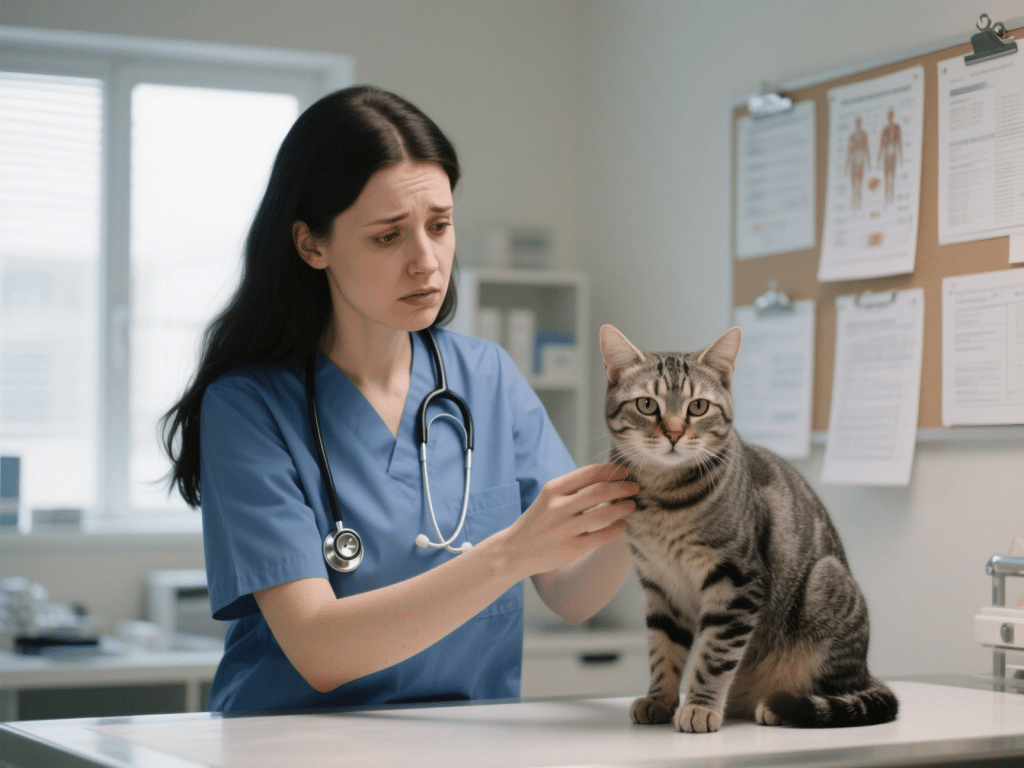

Comments on "Pet Weight Loss: Healthy Tips Without Crash Dieting" :